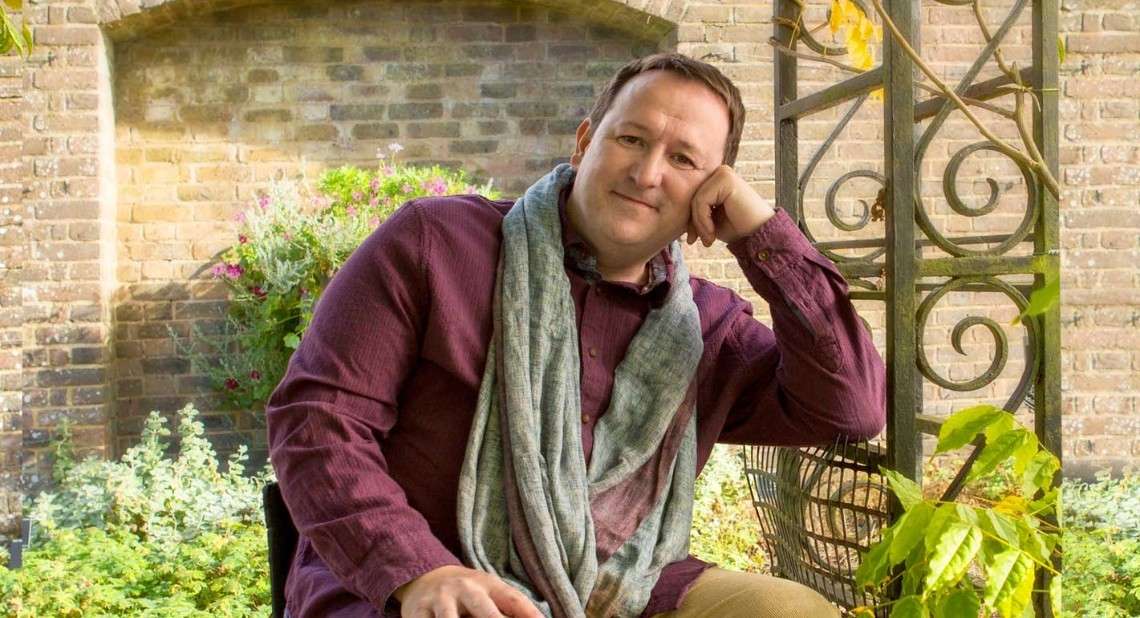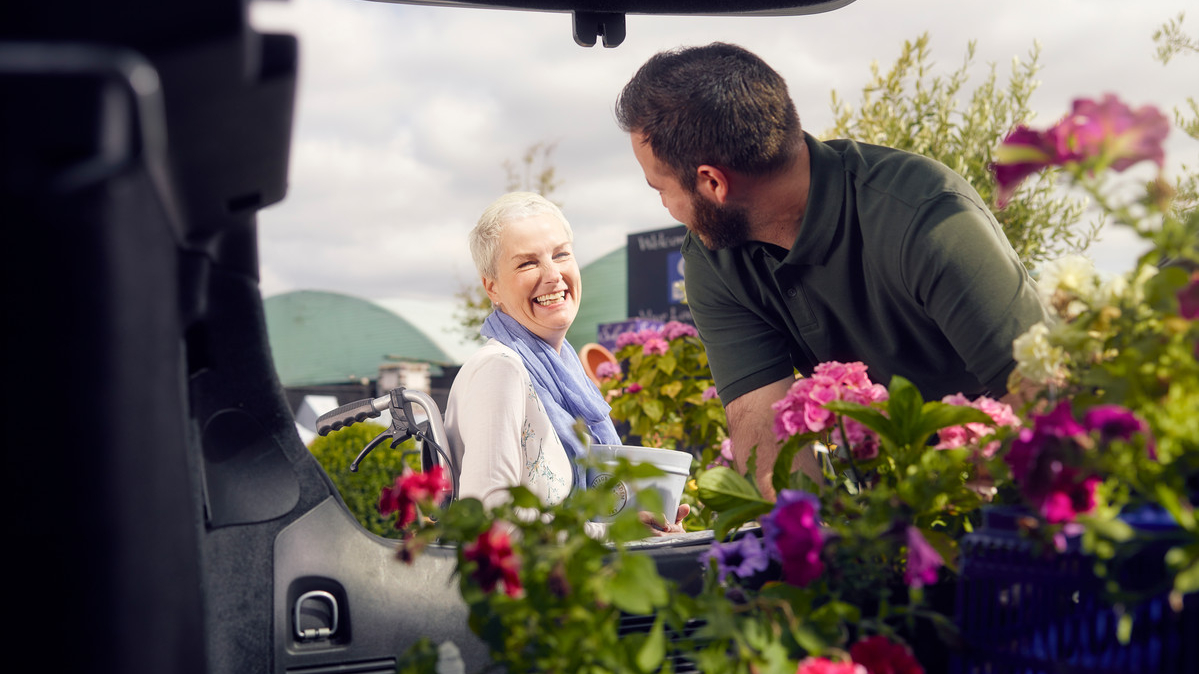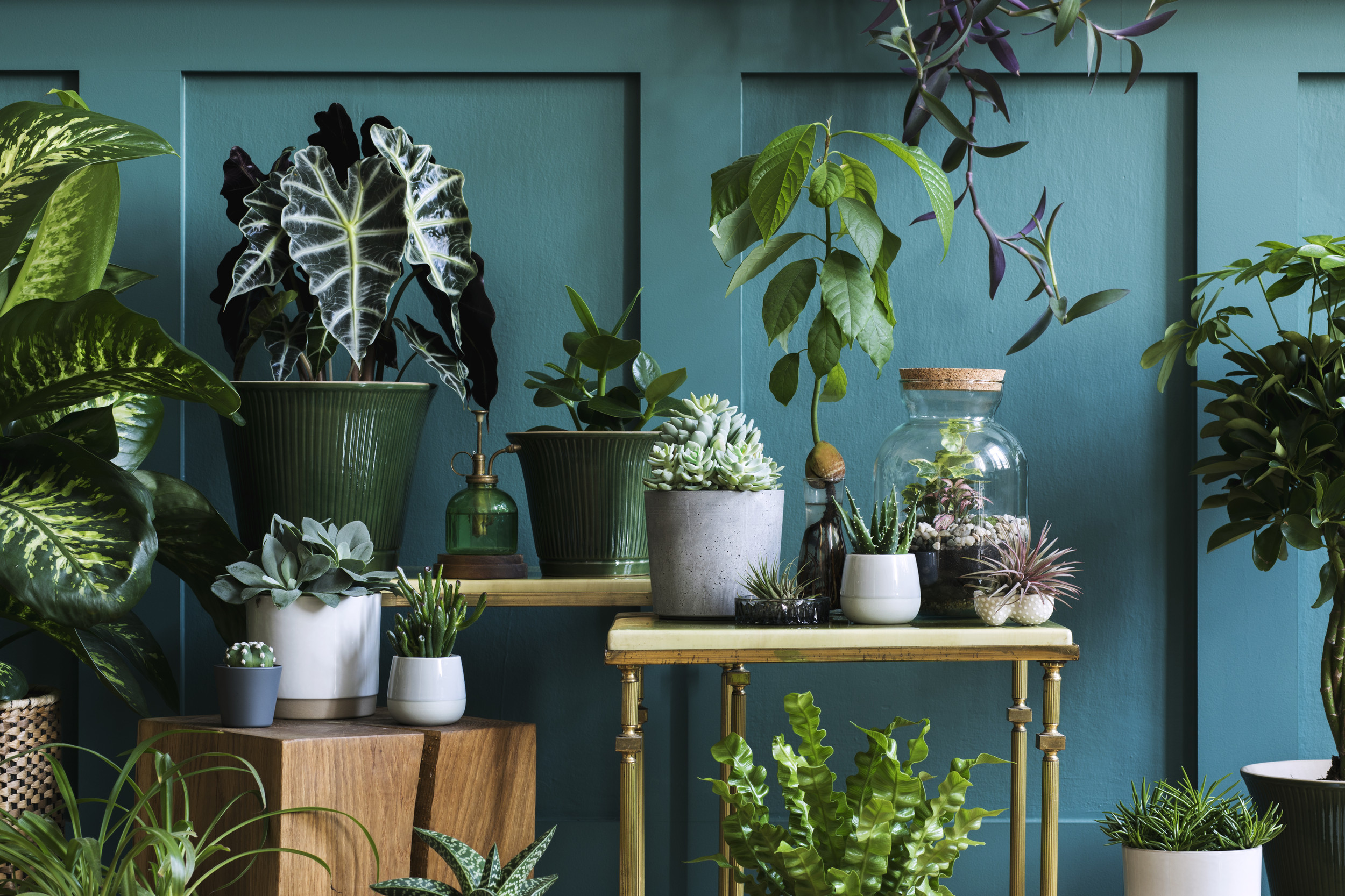Landscape designer and writer Mark Lane was thrust into the public eye when he became the first disabled presenter to join the BBC’s long-running Gardeners’ World team. Here, in an exclusive interview, the long-time Motability Scheme customer explains how gardening has been so beneficial to his physical and mental wellbeing – and how the ‘little green pill’ can help us all.
How did you get into gardening?
I grew up in beautiful countryside and was fascinated by nature, wildlife and plants. I have very fond memories of being very young, 6 or 7, following my grandparents around their gardens and learning from them. My paternal grandfather would teach me about how plants grow, how to care for them and how to identify pests and diseases. My grandmother was a flower arranger, and I was always fascinated watching how she put plants and flowers together.
And when you finished university, you went into publishing…?
Yes, I worked as the publishing director for the Royal Institute of British Architects and then became managing director of the art publisher Thames & Hudson. It was incredibly rewarding and great fun, but unfortunately my career came to a halt in 2000 when I was in a car crash. I was born with Spina bifida and the crash – and subsequent spinal surgery – left me in a wheelchair. As you can imagine, that took me to some rather dark places and I didn’t know what I was going to do.
Then, one day, when I was in rehabilitation at the Royal National Orthopaedic Hospital in Stanmore, a horticultural therapist dragged me out into the garden because she thought it would help me.
I went, with great reluctance, and I was planting bulbs and sewing seeds and it was absolutely astonishing. It just felt like I’d escaped in some way, and that darkness lifted.
It was quite a long rehabilitation and when I was finally allowed to go back home, I could see the garden from the bedroom but I didn’t really want to go out there. And then, one day, Jasen, my husband said, “Come on, let’s go out there. Just one day.” It was a lovely sunny day and again, within 10 minutes, I’d forgotten about my pain, my depression, everything. I was just focussing on the colours. I had the sun on my face and the breeze blowing through, and it was astonishing. I still call it my ‘little green pill’ to this day. So I think a spark had been lit inside me.
So how did you go from that spark of a moment to becoming a professional landscape gardener?
Again, that was Jasen. I’d decided I didn’t want to go back to travelling to London for the publishing job. They had been amazing and kept the job open for me and I am forever grateful to them for that, but I realised I couldn’t keep doing it. That’s when Jasen said, “Well, you have an encyclopedic knowledge of plants, you studied art history at university, you know about design. Why don’t you do something with it?” And I thought, OK, why not? I hadn’t considered that before Jasen suggested it.
So I did some research and I realised there weren’t any other disabled gardeners in the UK. So I decided if I had to grasp the baton for disabled people and become the first, then so be it. I retrained as a garden designer through an Open Learning course and the rest, as they say, is history.
How did you make the very sizeable leap from a self-employed garden designer to the first disabled presenter on the BBC’s long-running Gardeners’ World?
Well, I started off designing gardens for friends and family and word got around, and then I thought, if there really is nobody like me out there, it might be good to start writing about gardening. I wrote several pieces and one of them went to BBC Gardeners’ World magazine. It was just perfect timing.
They were looking to be more diverse in their line-up. They called me up, asked if they could send someone with a camera, which they did, and I expected to hear nothing more of it. I thought I’d had my five minutes’ of fame. But then, two days later, I got a call from the executive producer on Gardeners’ World, asking if I wanted to go and “do Chelsea” [Flower Show]. Talk about in at the deep end, but obviously I jumped at it.
Have you noticed more disabled gardener designers working in the UK now?
Not wheelchair garden designers as such but we are gradually starting to see more people with disabilities working within the industry. I have to say that I feel very lucky I’ve had the opportunities I’ve had so far.
I just hope I can inspire more disabled people, if not to get into horticulture as a career, then to just get into gardening, because that little green pill is still as potent as ever. I believe it’s a similar effect on everyone who is able to get out there, or to just invite flowers and colour into their lives in some way.
What has been the most positive thing about being out in the garden for you?
There’s a word, biophilia, which is our innate need to be surrounded by nature, going back to when we were hunter-gatherers. It’s such a strong feeling within us, we really need to be surrounded by greenery. And it doesn’t need to be a garden; you can be surrounded by house plants and you will still get the same benefits. We know that getting our bare hands into the soil triggers serotonin in the brain, which is a happy pill. Being surrounded by nature has an incredible effect.
When I was outside, my breathing slowed down, my heart rate slowed, my shoulders dropped and I suddenly realised I had forgotten about all the concerns of the day. I was in this wonderful state of mindfulness.
For more information on mindfulness and how it can help you, check out our article.
What have been the biggest challenges about gardening with a disability – and how have you overcome them?
I think the key to overcoming any challenge, disabled or not, is to think outside the box. Anyone with a disability has to adapt to some degree and think of clever ways to do things. That has been particularly true of gardening for me. Initially, you have to be true to yourself and assess what you’re physically capable of.
Can you lean forward? Can you twist your torso? Can you twist your wrist? Can you move your arm backwards and forwards? Look at the sorts of tasks you’re capable of doing inside the house, then try and mirror that outside. That will be the biggest challenge for most people, but people can surprise themselves with how much they can do.
After that, the biggest challenge for me was finding the right tools to do the job, whether they’re long-handled tools or ones that don’t require me to twist my wrist all the time. Luckily, the internet arrived and made sourcing the right tools a whole lot easier, but in the early days it was a struggle.
What advice can you give people on making a positive change in their garden?
The first thing I would say is that it doesn’t matter what size garden you have, or even if you only have a balcony to work with, you can always make it your own space. If you do have a garden, clear it – or pay to have it cleared if you can, because that’s often the biggest battle – and you’ll see the space you have to work with.
Do a little bit of research. The problem that most gardeners have – non-disabled and disabled – is that they want to do too much, or they want to cram too much into their space and it becomes overwhelming. The key thing is to keep it really, really simple.
When it comes to planting, choose, say, five of your favourite plants and concentrate on learning how to care for them. There are hundreds of thousands of different plants and the challenge of understanding what the plant needs to grow can be too much for a lot of people. If you can break it down, concentrate on those five plants, look into where they’ve come from and what conditions they need to grow well, you’ll start to improve your knowledge gradually.
Also be aware that it’s not necessarily feasible to do the whole garden in one summer, it may not be financially viable either. So break it down and work in manageable chunks. Pick one small area for this summer and just focus on that. You’ll build up your knowledge bit by bit and transform your garden gradually. There are extra challenges for a disabled gardener, but with a little sense and adaptability, you can overcome them.
You’re a long-time Motability Scheme customer. How long have you been signed up and how has the Scheme changed your life?
I think I’ve been a customer for about 12 years now and I’m a huge fan of the Scheme. It’s the freedom it gives me, more than anything. The fact that I know I have a car that reflects my needs and allows me to get wherever I need to go. Without it, I wouldn’t be able to do my job, but it goes much further than that. It just gives you that sense of freedom.
The Motability Scheme enables disabled people and their families to access a brand new car or scooter by exchanging their mobility allowance to lease the vehicle of their choice. Find out more:
Related articles
How to: enjoy gardening with a disability
Helen Dolphin’s guide to indoor gardening
Useful tips if you’re thinking about volunteering
![]()








